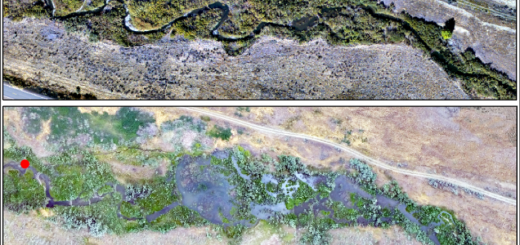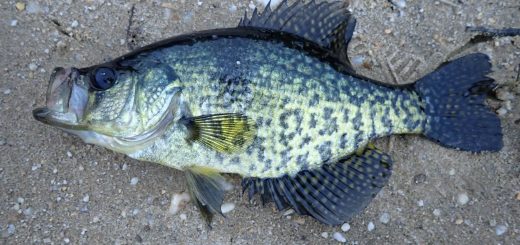Exploring the Antarctic Depths
Antarctica is covered in ice sheets that are up to 3 kilometers (2 miles) thick. These ice sheets connect to the ocean water surrounding Antarctica where they permanently float. At this point, the ice is termed an ice shelf. (Learn more about different ice types of ice and patterns of ice coverage in Antarctica here).
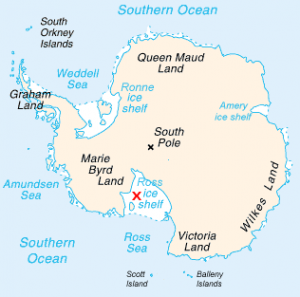
Figure 1. Map of the Antarctic with a red X on the Ross ice shelf. Credit: Wikimedia Commons
One ice shelf, known as the Ross Ice Shelf, extends 800 kilometers (500 miles) across and reaches 30 meters high.
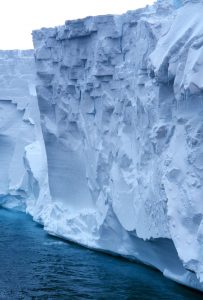
Figure 2. The edge of the Ross Ice Shelf. Credit: NOAA Photo library by Michael Van Woert (NOAA NESDIS)
One interesting fish they discovered as the camera descended below the Ross Ice Shelf was a translucent fish. This strange looking fish is pictured in Figure 3. Not much is yet known about this fish, but it may belong to a taxonomic family that is common in the Antarctic, called Nototheniidae. These fish were present in the Antarctic 35 million years ago. Nototheniidae have specialized proteins in their blood that keep them from freezing in the cold Antarctic waters.
As the camera reached the seabed, the scientists discovered that there was no stationary life. One of the co-leaders of the expedition, Slawek Tulaczyk, said that this is because sedentary, or stationary, forms of life will not be able to find food in this desolate environment. There are little nutrients freely available in the Antarctic, and those that are come from ice melt. As those nutrients become available, animals that are higher up in the water column access those nutrients first, leaving little to no nutrients available for stationary animals on the seabed.
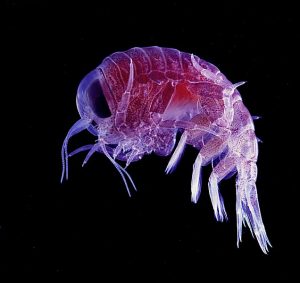
Figure 3. Amphipod. Credit: Wikimedia Commons.
The researchers from this expedition also looked at the sediment and seawater samples collected throughout the exploratory study to investigate how Antarctic ice shelves are responding to rising ocean temperatures. The properties of the collected seawater and sediment, such as chemical content and temperature, can be used to confirm past theories and predictions regarding what will happen to the glacier melt and waters as the Earth’s temperature rises.
Finally, the researchers are truly excited about the discovery of metabolically active microorganisms below the ice sheet. This discovery enabled them to confirm that Antarctic aquatic environments beneath ice shelves, such as the Ross Ice Shelf, can support microbial ecosystems (as described in this paper).
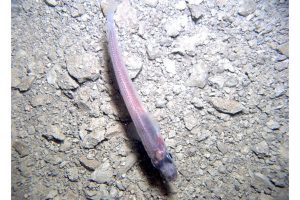
Figure 4. Translucent fish discovered on WISSARD exploratory drilling. Credit: Reed Scherer (NIU)
Exploratory studies such as this are vital to understanding the world around us. Exploring new habitats reveals how little we know about the planet we live on, and can give us insights into the complexity and diversity found here on Earth. Polar systems are difficult to study because they are so remote. Discovering what lives in polar systems and how any animals survives in such extreme environments will help us to understand what to expect as these environments continue to warm over the next few decades. This will help us understand how species adjust in the face of a changing environment and if they will become extinct or be able to adjust and survive.
Read more on the expedition to drill beneath Antarctic ice from Scientific American and Nature
References
Christner, B. C., Priscu, J. C., Achberger, A. M., Barbante, C., Carter, S. P., Christianson, K, & Vick-Majors, T. J. (2014). A microbial ecosystem beneath the West Antarctic ice sheet. Nature, 512(7514), 310-313.

